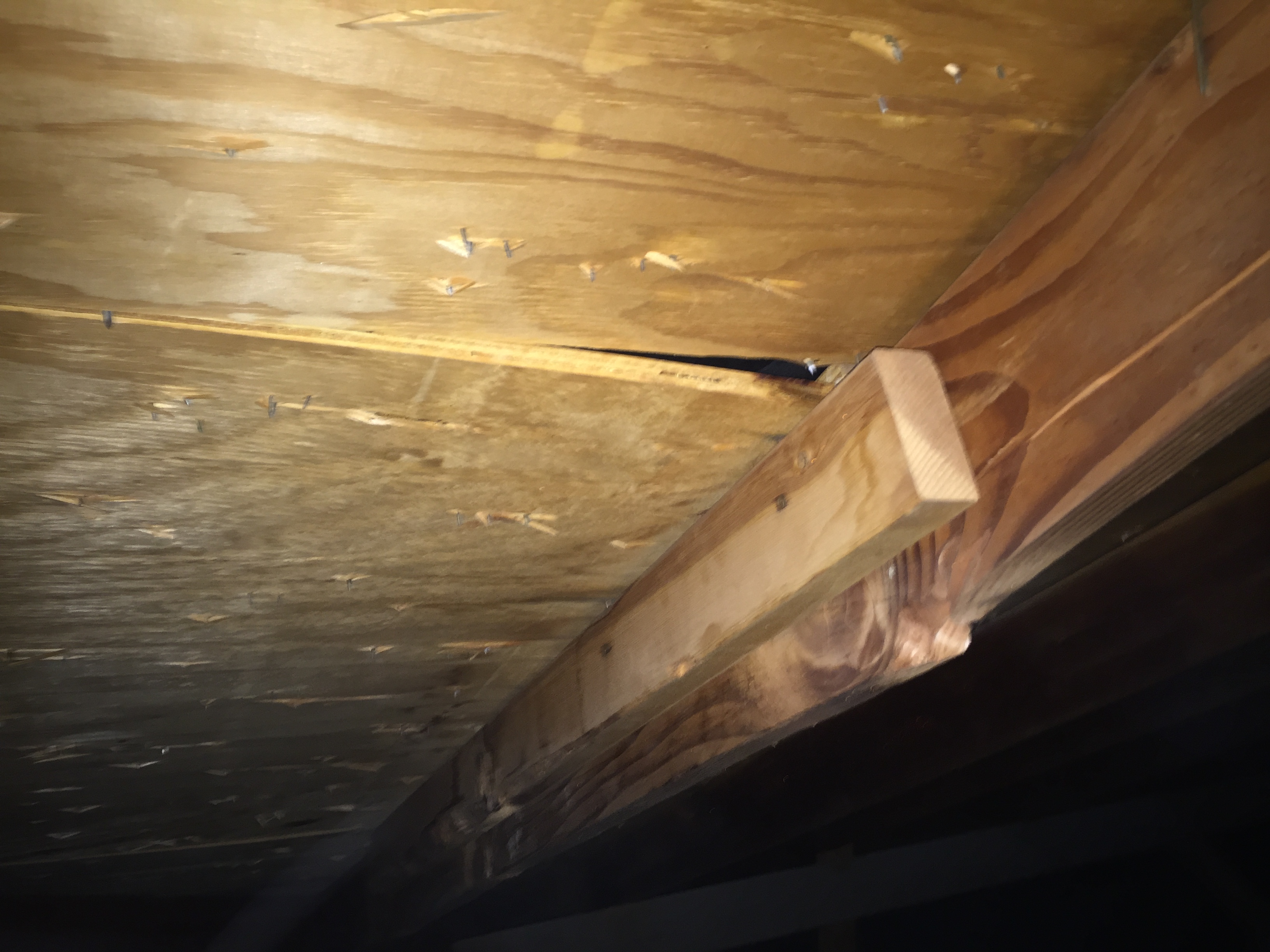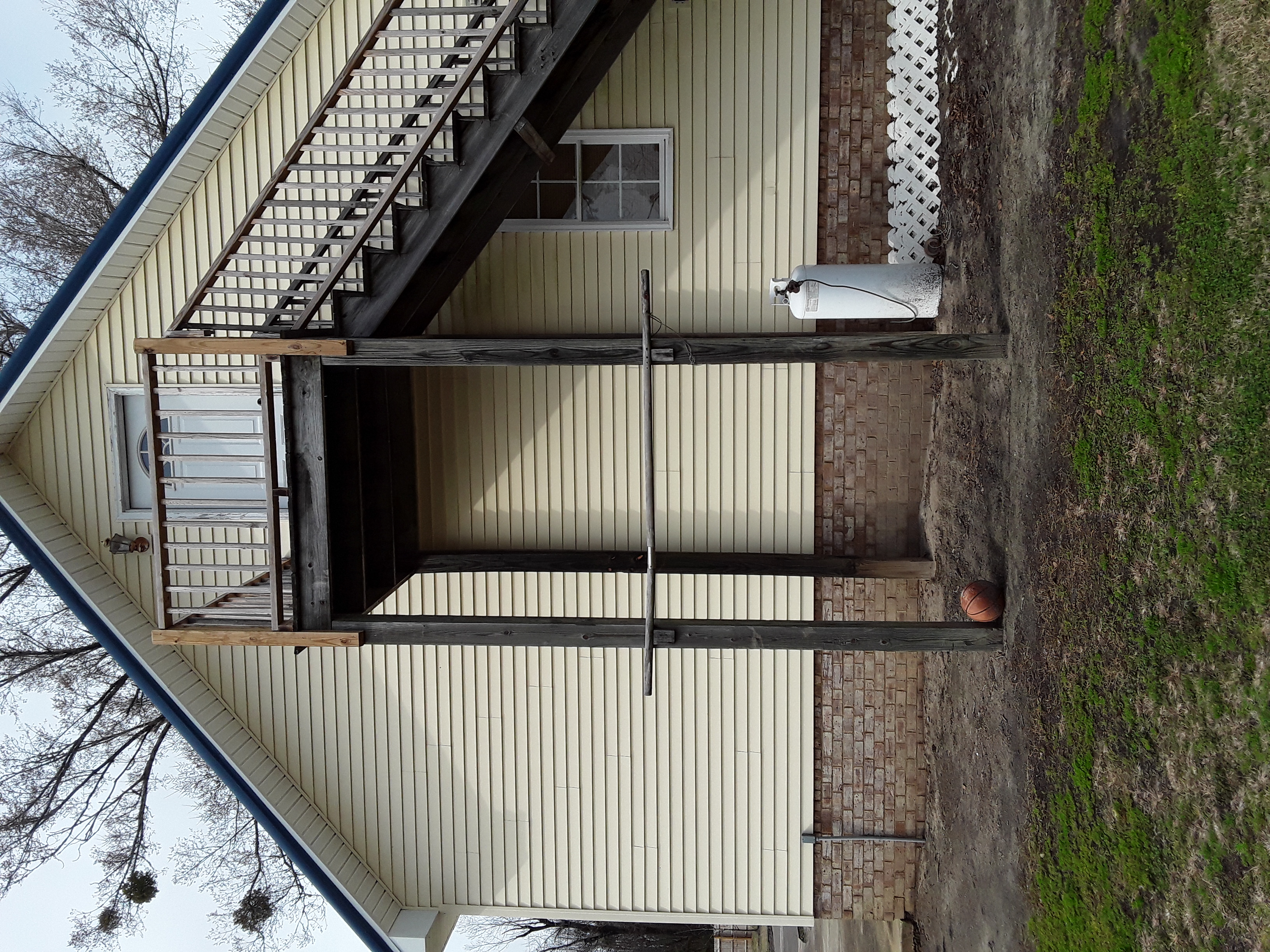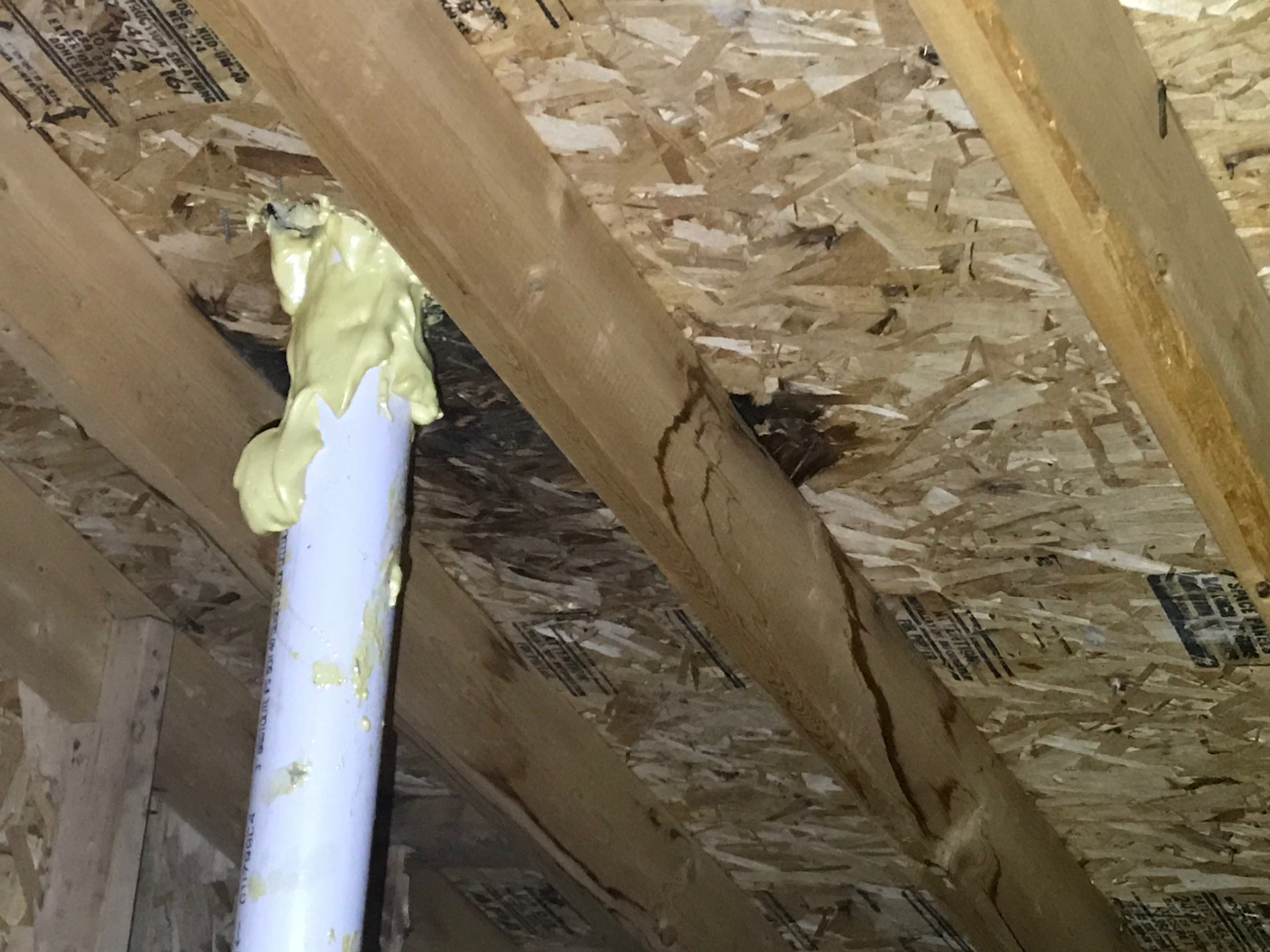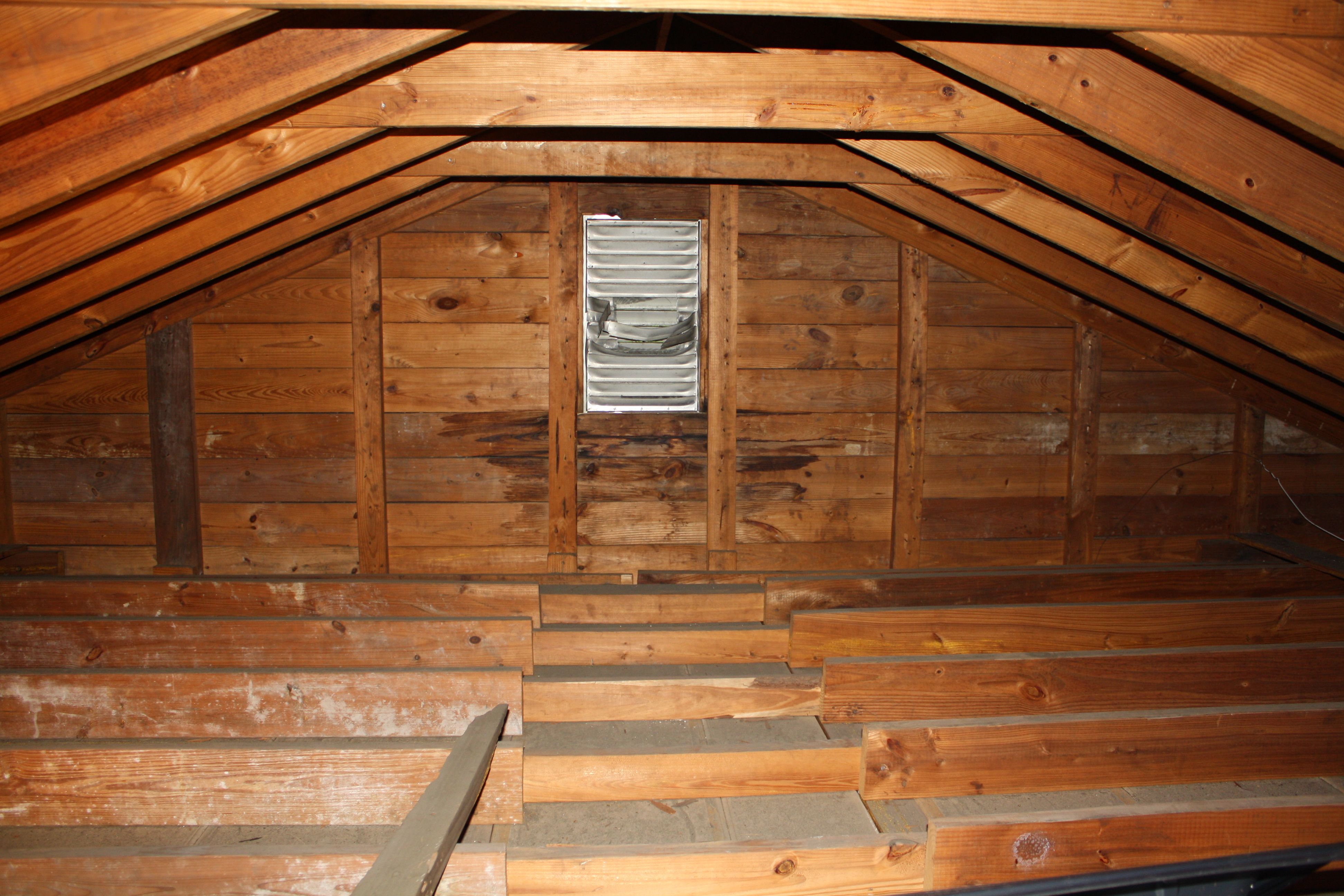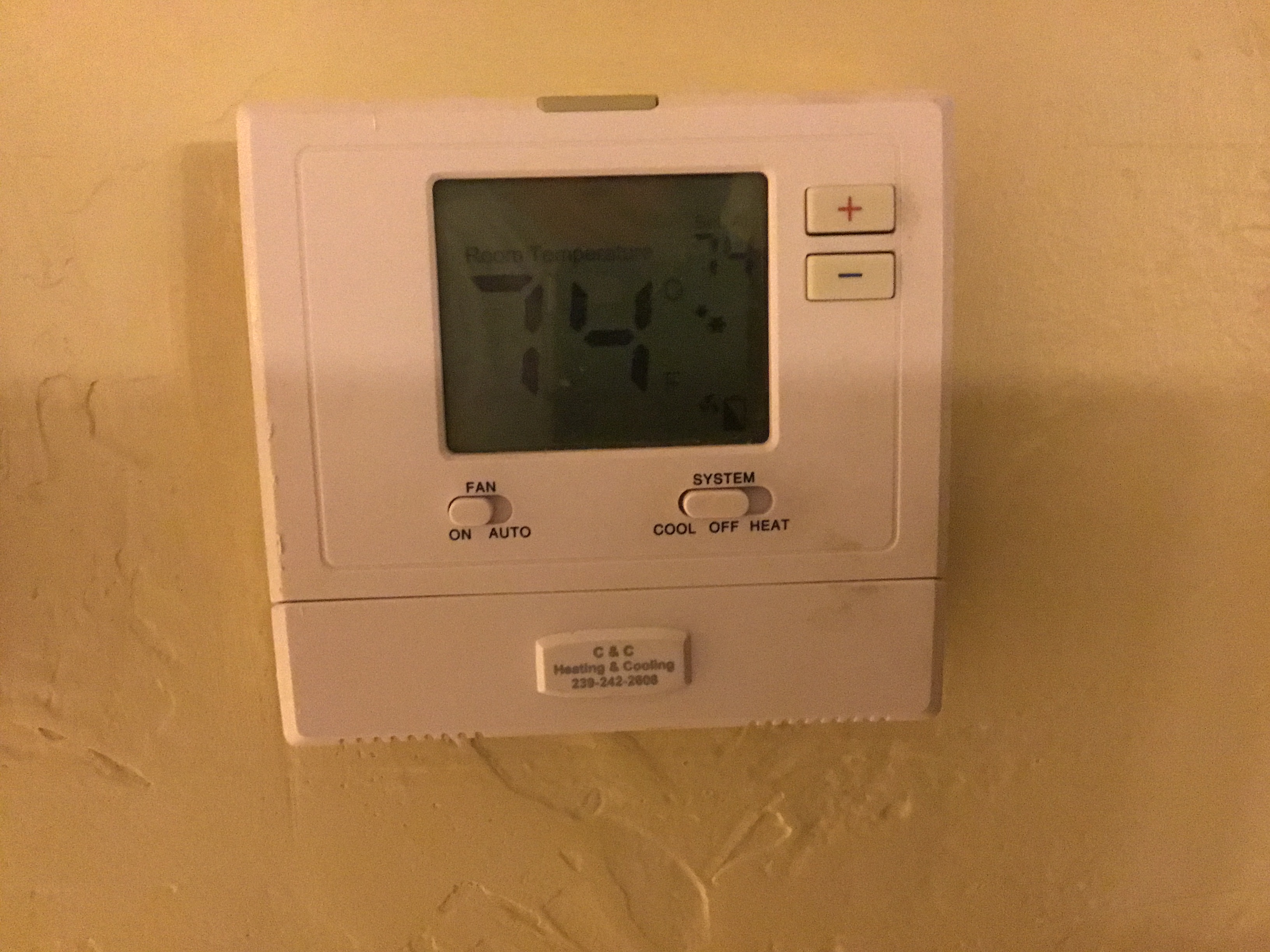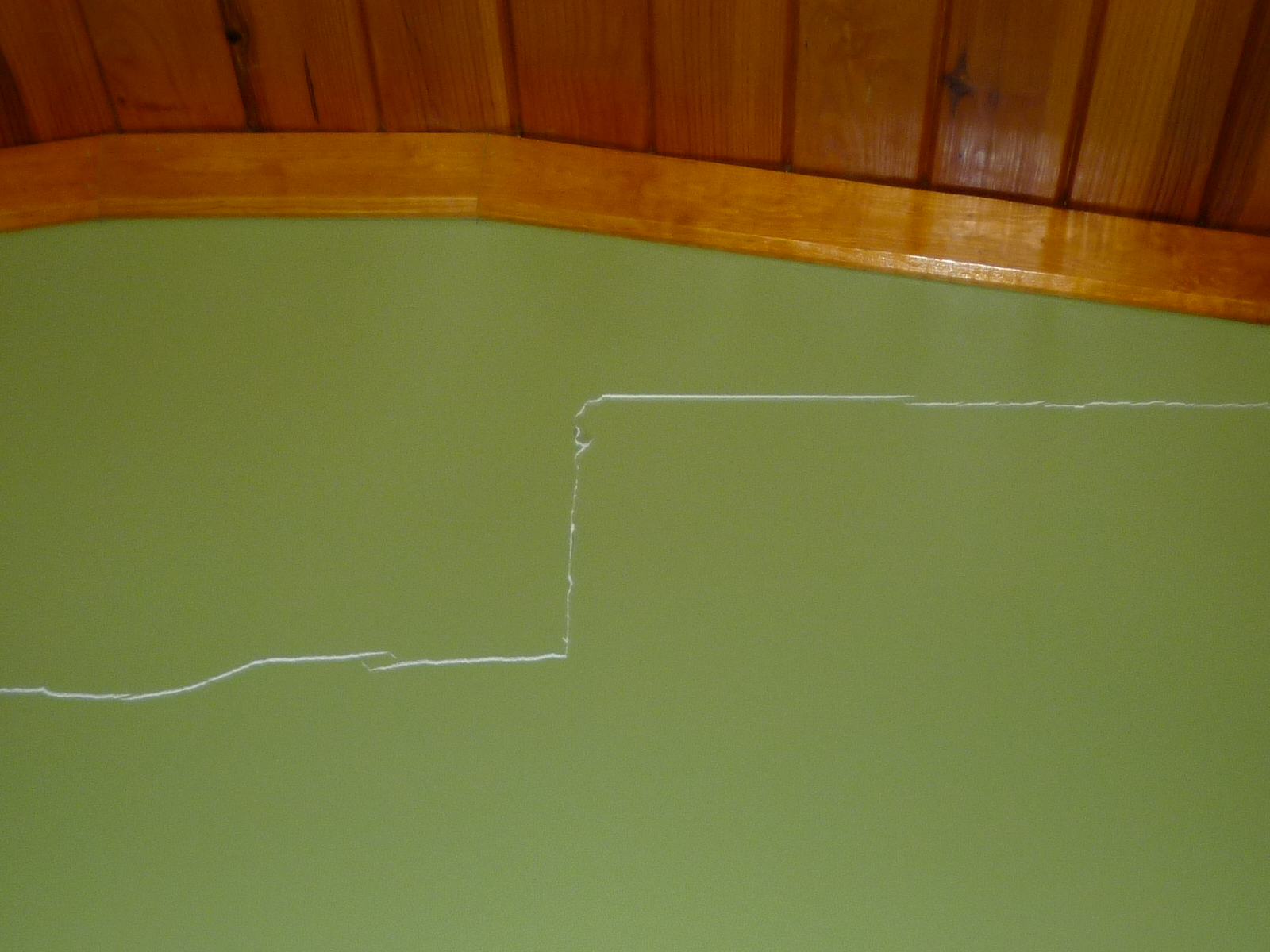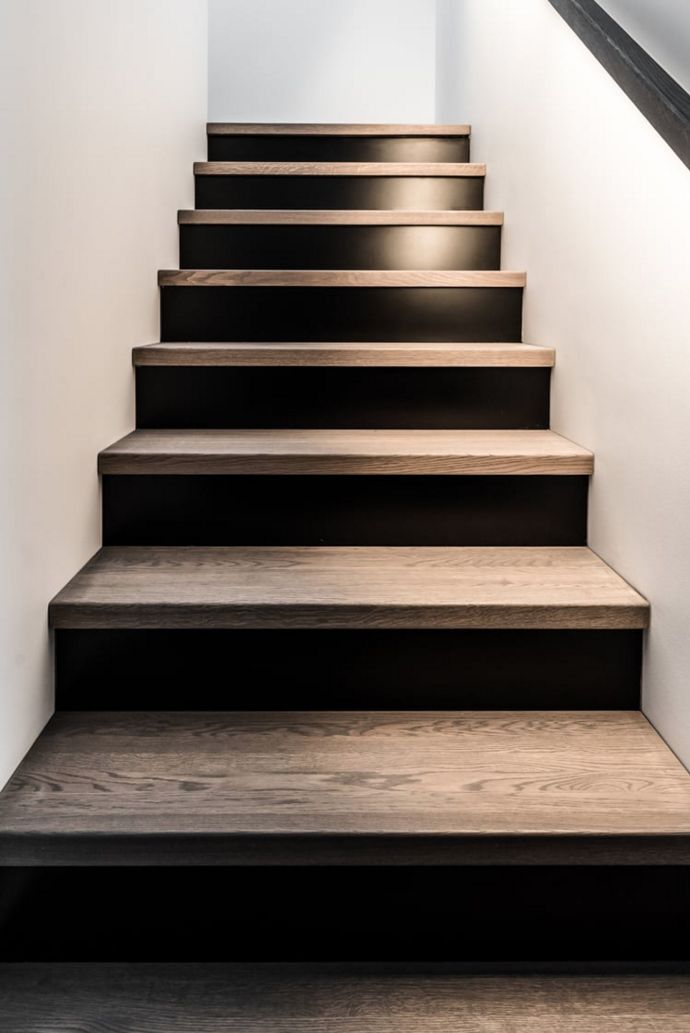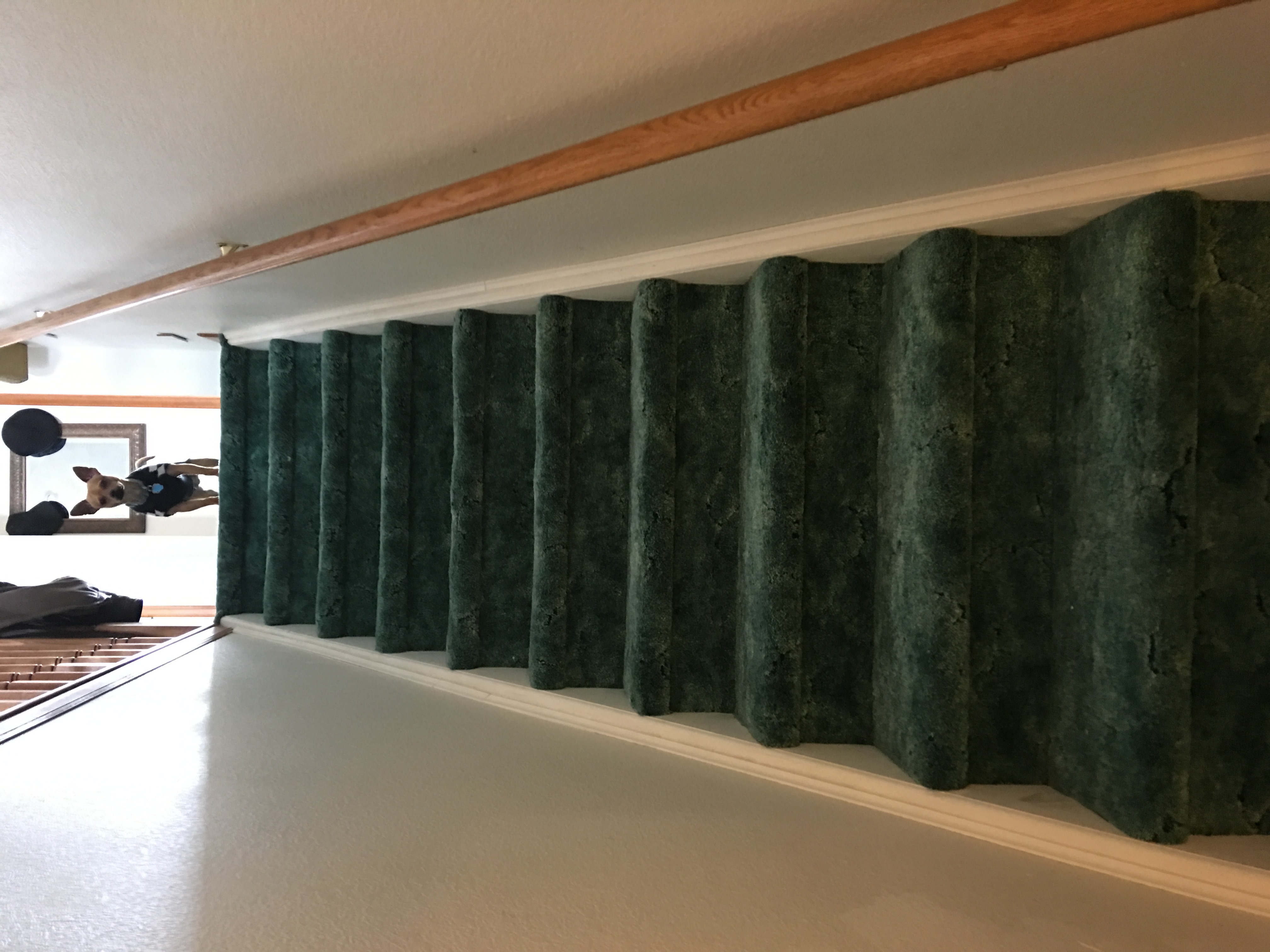The image I chose shows attic eave insulation installation. This image shows that at the eve of an attic an air baffle must be installed to allow air circulation from the outside to the attic vents to prevent condensation and ice damning.
I noticed that there was a sunken in area on the roof when I arrived at the home. After going into the attic to perform my inspection, I saw this broken rafter. Someone had attempted to repair it by attaching a 2 X 4 to the 2 X 8 rafter. I asked the homeowner about what had happened and she stated that she had her roof replaced 2 years ago and the contractor told her about the rafter and that they had repaired it.
Doing damage during a home inspection is always a major concern for me. I never walk on the roof until I have performed my attic inspection. I have experienced stepping on decking where the turbine vents were removed when a new roof was installed and the contractor did not install decking over the opening, they just installed the new shingles over it. The buyer was happy, the seller was upset, and the owner of the roofing company was embarrassed.
Stairway is unsafe. DO NOT USE! There is no cross bracing present, railings are rotted and loose, treads are rotted and loose, stringer is rotted and sunken, height is more than twelve feet. Have stairway evaluated by a licensed contractor.
I read the article about attic pull down ladders. I use them regularly during home inspections, but we have an SOG that we do not utilize them at the fire department. We pull them down and put an attic ladder over them. We had an attic fire in a restaurant a few weeks back and one if the firefighters fell through a step that broke on a pull down ladder.
Moisture penetration found in an attic on the sheathing around the plumbing vent stack. This was found on a recent inspection. Recently found out that an insurance company paid a claim to get the damage repaired. There is also poor attempt at repair on the vent stack.
The article I chose is titled garage inspection. I learned that trusses are to to be altered unless approval has been obtained by a structural engineer. The trusses in the article had plywood gussets that were installed instead of the typical gang nails.
In this image there is no insulation in the attic. There should be several inches of insulation depending on the type of insulation that is installed. There would be a recommendation to have someone come out to blow insulation in to save on energy costs for the home.
You do want a certain amount of airflow to be allowed to flow through insulation. There will be an air barrier on one side of the insulation. You do not want any moisture being trapped behind the insulation has it can ruin a home.
Inspection of thermostat. Programmable thermostat set on cool at 74*. temperure in the home was at 74*. But the fan motor was set on run (manual) and not automatic. This will cause continual air flow and create an environment for mold. The thermostate should always be set on auto for the fan and ac systems air flow to function correctly .
Dryer venting. Dryers must be vented to remove the moisture from the washing of clothes. Their are 90* angle vents to help with the connection of flexible hoses to move the air threw 4 lines to be vented outside. We can vent the dryers threw hood vents on a roof to a mechanical vent threw a exterior wall. One of the most important things is it must not be obstructed ,and must be on an angle to function correctly. This will insure proper clothes drying and reduce the risk of fire.
cathedral ceilings and air leaks are more often found here condensation found when vapor retarder not installed right or not carefully sealed ,air leakage around electrical boxes that have not been sealed ,joist heights not 12"thick leaving no room for insolation
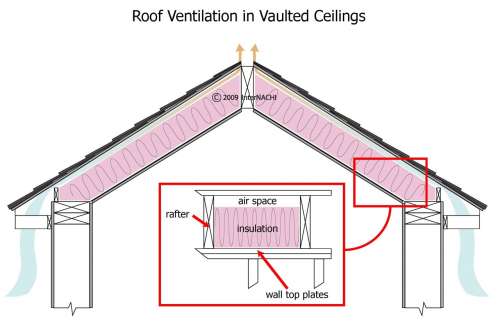
condensation in double paned windows the causes and some repairs that can be done these are very complex window wear things can go wrong if not installed right or there is or there is high humidity in the house can cause theses windows to break down losing there gases
The image is of a bathroom ventilation fan. It designed to remove air from the bathroom and move it outside the house. Either discharging thru the roof or wall to outside of house. Care must be taken to make sure it is clean as microbial growth can occur if moisture builds up thru improper function or blockage.
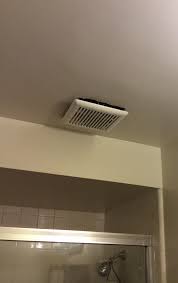
I learned in this section the need for proper ventilation. It helps remove moisture which can cause microbial growth.
Also the need to make sure passages are clear such a soffits to ensure insulation does not block the opening causing cooler air to be blocked from entering the roof.
Upon inspection of the interior drywall, this crack was found in the living area along the north wall. This could be a crack caused by settlement or the result of truss uplift. This is the only crack in the drywall found in the entire home.
Cork Flooring. When inspecting cork flooring one should check for surface damage,color fading and possible water damage. Also installation defects could pose tripping hazards. Cork floors come in glued and glueless options. Note that a glued floor should never be put down in a basement.
Stairs have many components that should be checked during a home inspection. The tread depth should be checked, as well as the height of each step. A step that is significantly higher than the others can lead to tripping which would be a safety issue.
Dryer vents (exhaust ducts) are an important item to have properly installed. The ducting should be completely hooked up and should vent to the exterior. There should be no restrictions in the line, and it should be monitored frequently in order to prevent any lint build up.
